
How the London Olympics Have Damaged the Local Area
July 2, 2018The Stratford skyline is punctuated by cranes. This part of east London has been a hive of construction activity for the last decade. Still, the buildings keep on rising. They have names like Legacy Tower and International Quarter, references to the Olympic Games which took place here six years ago, kickstarting a tidal wave of regeneration which has swept across the district.
At the heart of the new Stratford is Westfield, the UK's busiest shopping mall, which opened in 2011. On a warm Tuesday evening, the walkways swarm with shoppers and the food court serves up dishes inspired by every region of the world. Couples sip drinks at the Searcys champagne bar. In the top floor casino, thousands of pounds change hands every second as roulette wheels spin, slot machines tumble and gamblers crowd around blackjack tables.
Just a few hundred metres away, in the old Stratford Centre shopping precinct, around 40 homeless men and women are preparing to bed down for the night.
It is not a place that’s conducive to a good night’s sleep. Arguments break out regularly. This particular evening, on at least two occasions, the arguments turn violent as possessions are stolen and punches are thrown. "That’s just the undercard," jokes Ryan, who is settling down outside Foot Locker, shaking his head as he contemplates the night ahead.
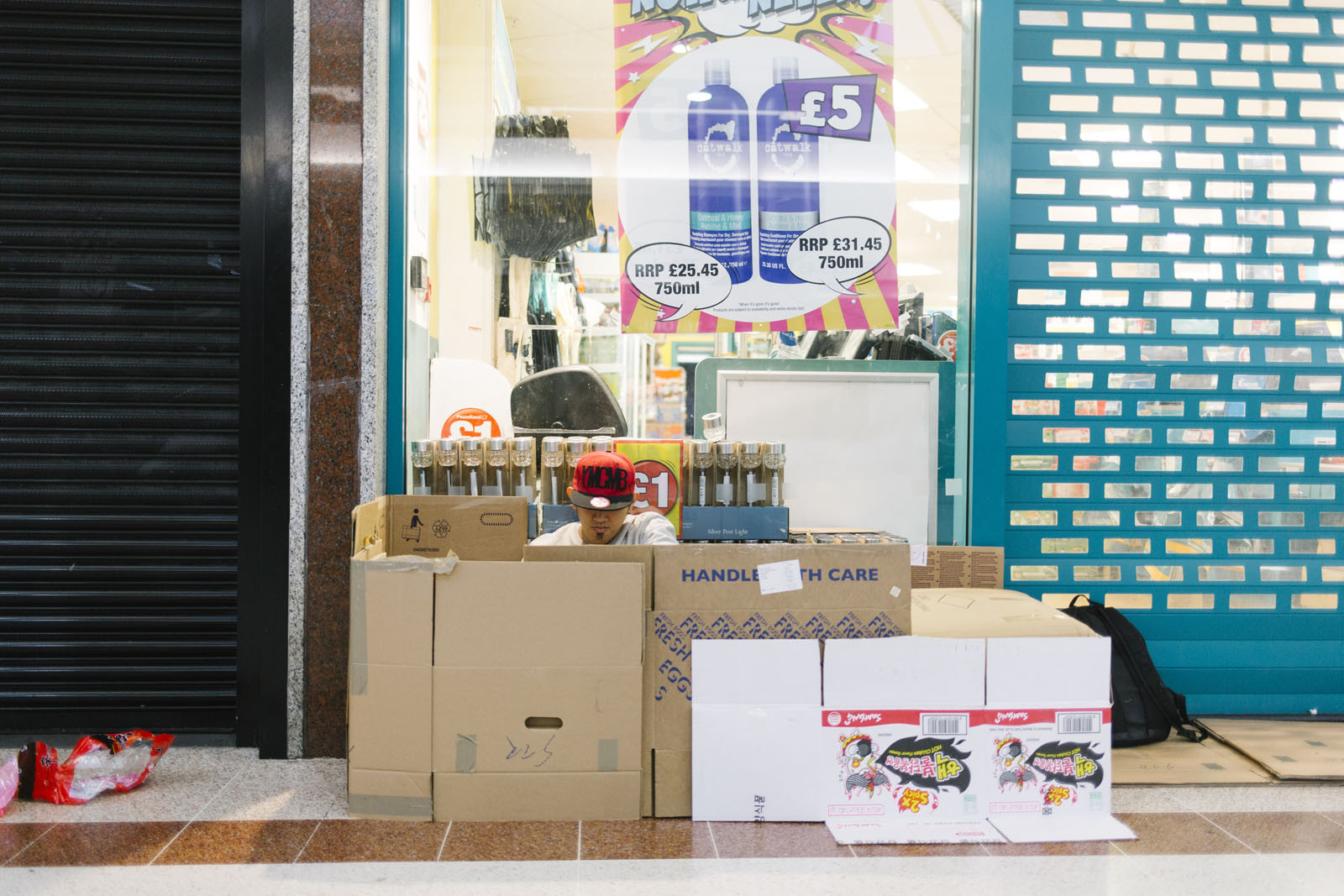
The diversity of the capital is reflected here. There are middle-aged Londoners like Michael, an out of work driver who doesn’t qualify for support from the council. There are Romanians like Catalin, who’s been living at the centre for two months after losing his job on a construction site, and Dumitru, who is working to save enough money for a month’s rent and a deposit. There’s John, a charismatic American in his seventies, one of the few people here who has a place to sleep courtesy of the state. "I have the good advantage of having a Freedom Pass," he says. "I ride the underground and buses."
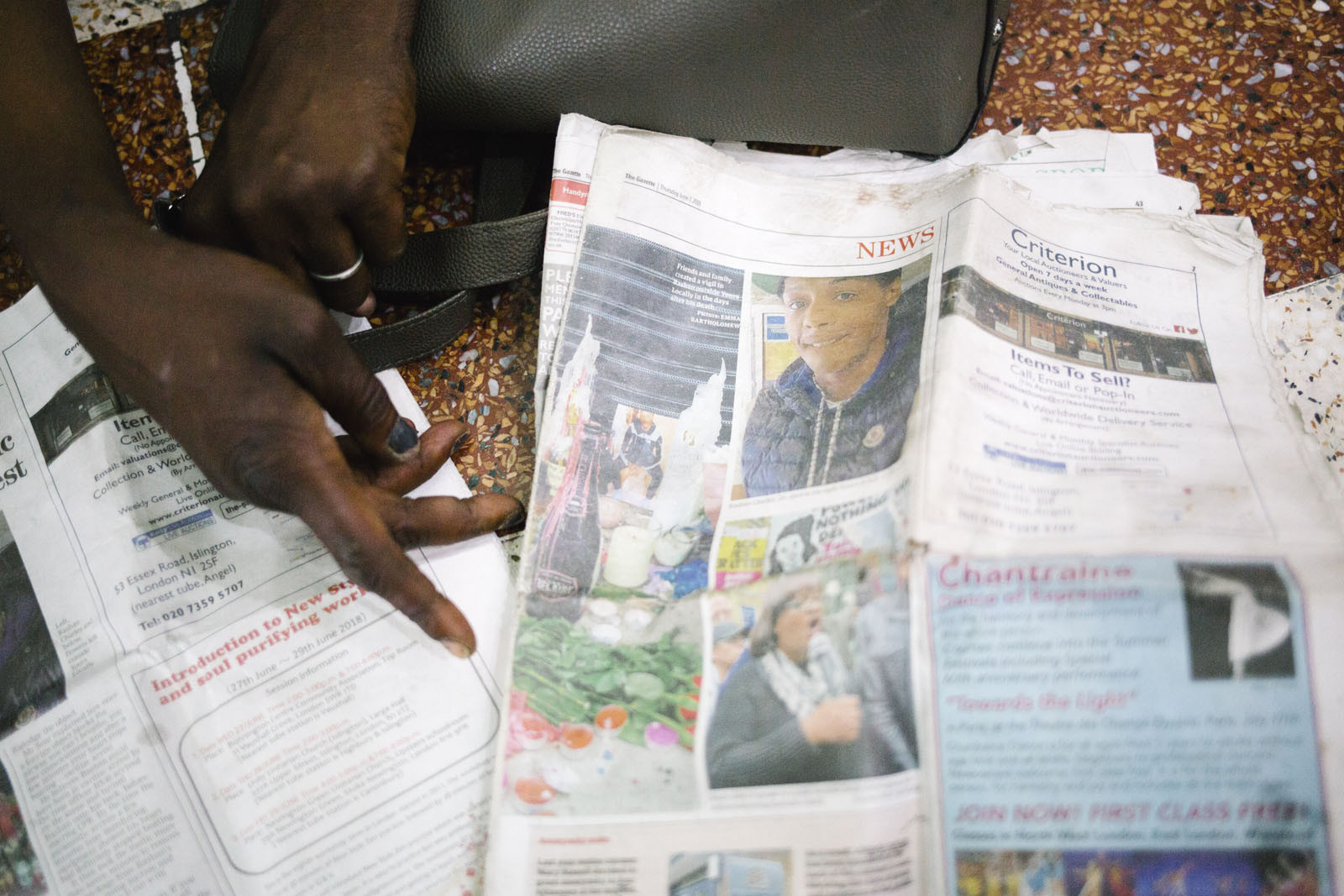
And there’s Melisa, the mother of Rashan Charles, who died last year after being restrained by the police. Melisa has been living at the centre for three months. Her few belongings include a zip-up folder containing scraps of newspaper relating to her son's death. "There's my baby," she says, handing over a clipping.

There are frequent new arrivals. Tonight, a teenage couple – a boy and girl – sit outside a shuttered electronics shop. The girl is just 16. They’ve been kicked out by their parents and they’d rather not give their names. Tonight will be their second night sleeping at the centre.
"I always see lots of people, it’s warm, do you know what I mean?" says the boy. But there are downsides. "Someone pulled out a screwdriver and tried to stab someone last night," he says. Are they afraid? "You get people who say they are going to look after you," says the girl, although she doesn’t know yet if she can trust them.
There is a loud banging coming from the shopfront next door. A man in his thirties is slumped against the shutters and striking his head repeatedly against the metal. Moments later, he falls onto his belly and begins to writhe around on the centre floor. He flips over, violently, limbs flailing. A thick stream of vomit explodes from his mouth, coating his jacket and the floor around him. Everyone looks on, passively. It’s nothing they haven’t been seen before.
"We're not being unkind," says Anne Croney, a volunteer who runs Hope 4 Newham, one of several groups which hands out food and clothing at the centre. "This is just the effect of the Spice." She’s referring to synthetic cannabis, a formerly legal high which is popular among the homeless population. It often causes horrendous side effects and, in some cases, even death. "While he’s moving his head he’s OK," she says. A few minutes later, the man is sat upright, staring vacantly into space. One of the centre cleaners pats down his jacket with a paper towel, in a kind-hearted attempt to remove some of the mess.

Over the course of the night, volunteers hand out 135 hot meals. There’s no sign of any help from the authorities. "It needs the council to get their finger out and first of all recognise there’s a problem," says Anne. "We get a lot of local councillors come down here when it gets to election time. How many have done anything? Not one."
A precarious state of peace is largely maintained by the volunteers and a contingent of Stratford Centre employees. The precinct is a public right of way, which means the owners are legally obliged to keep the centre open at night. Security guards do their best to maintain some kind of order, intervening when violence escalates and discouraging open drug use.
An uneasy rapport has been established between the guards and some of the homeless regulars. Minor infractions of the centre rules tend to be overlooked. "We try to help them," says one guard, although in reality there’s not much they can do.
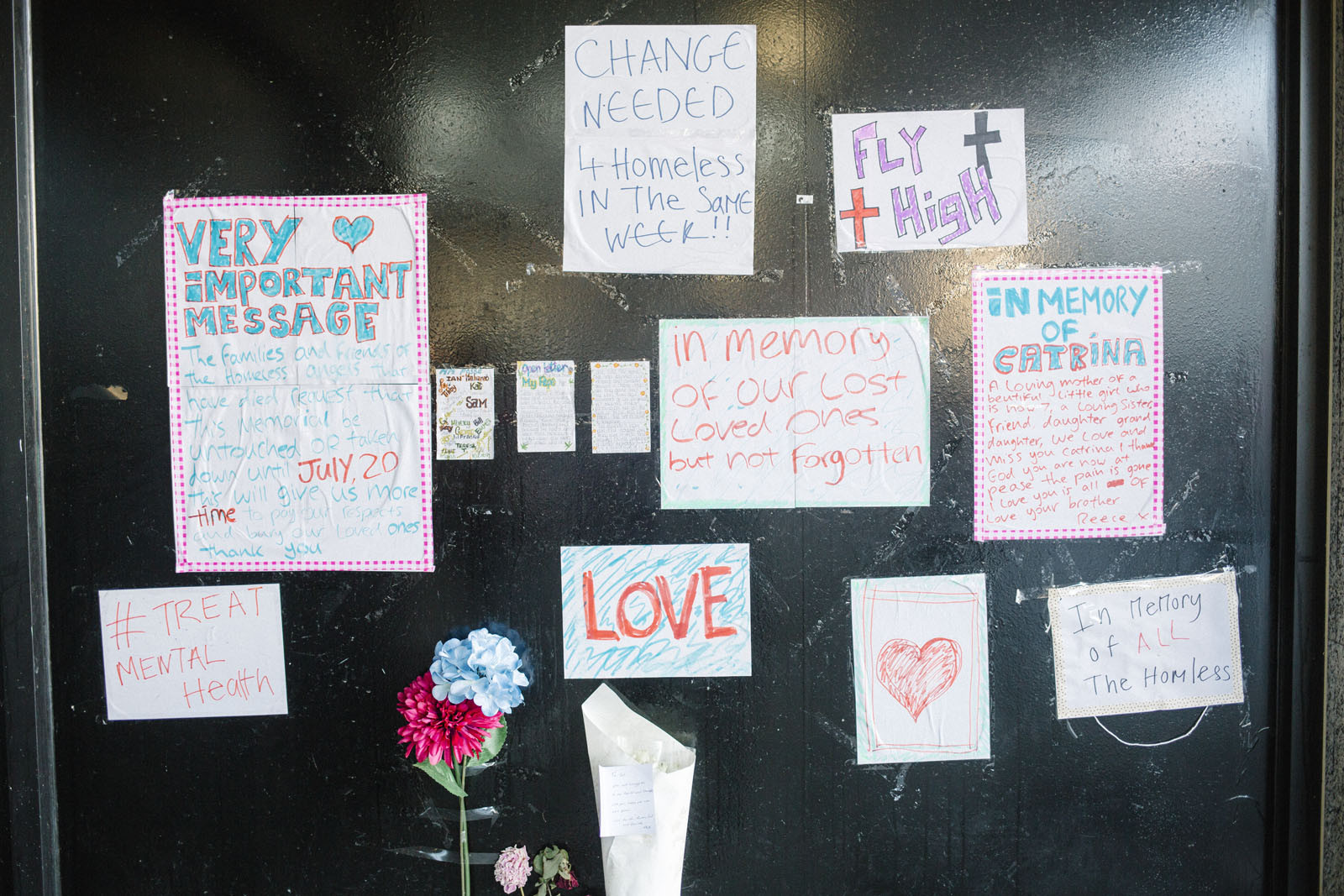
There have been several deaths among the homeless community here recently. Flowers and candles have been placed outside the centre doors. Handwritten notes are pinned to the wall. Some are heartfelt messages to those who have died. One simply reads: "Change needed."
But change can mean different things. Newham has undergone a radical transformation in the last decade. More than £9 billion of public money was spent on the Olympic games, on the basis that it would spark the regeneration of east London.
Thousands of homes have been built in the borough, including nearly 3,000 at East Village, a development on the site of the athletes' accommodation at the Olympic games. Perversely, the cost of housing in Newham has spiralled. According to the Newham Recorder, the average house price in the borough was £194,632 in 2010. By 2017, the average price had more than doubled to £402,781.

During that same period, the borough’s homelessness problem has developed into a full-blown crisis. According to government statistics, there were seven rough sleepers in Newham in 2010. That year, the council judged 106 people to be "unintentionally homeless and in priority need". By 2017, that figure was up to 1,206 and the number of rough sleepers had risen to 76. One in every 25 Newham residents is believed to be homeless.
Amanda Dubarry is the chief executive at Caritas Anchor House, a homelessness charity based in Newham. Three months into the role, she's still getting to grips with the number of people needing help. "I've worked in homelessness for 23 years now and I’ve never come across anything like it," she says. Caritas Anchor House provides in-house support to around 240 people every year. Of those, around 15 will be offered places in local authority accommodation.
Newham’s new mayor, Rokhsana Fiaz, has promised that tackling homelessness will be a top priority. Dubarry is hopeful the situation can improve. If it does, it will follow a decade when billions of pounds have been poured into Newham and the number of homeless people has increased more than tenfold. "It's to do with priorities, isn’t it?" says Dubarry. "And I think housing and homelessness, and the needs of some of the more vulnerable members of the community, haven’t been particular priorities in this borough in that period of time."

Back at the Stratford Centre, commuters hurry rapidly through the precinct, rarely engaging with the chaotic scenes playing out around them. Over in the new Stratford, the downtrodden side of the borough is even easier to ignore. Westfield shopping centre and the East Village are both privately owned – and tightly-controlled. Security guards in hi-vis jackets whisper into radios and enforce codes of conduct. It’s a version of east London that’s been heavily sanitised. The only graffiti has been commissioned by the Mexican restaurant chain Wahaca. There are no homeless people here.
The walk between Westfield and East Village passes Manhattan Loft Gardens, a 42-storey tower nearing completion on the shopping centre’s northern edge. The construction hoarding on Celebration Avenue says this is "Europe’s most ambitious residential tower and hotel... from the developers that gave London the A-list phenomenon that is the Chiltern Firehouse". The tower offers three sky gardens, a private club and a rooftop bar with private terrace. Prices for one-bedroom apartments start at £615,000.
Within East Village, gleaming residential tower blocks are divided by spotless streets, leading to a green space in the development’s centre. On a weekday afternoon, the only sounds come from cranes moving construction materials overhead. A handful of people sit dotted around Victory Park, some deep in thought, possibly thinking about what exactly’s been won.
Scroll down for more photos:
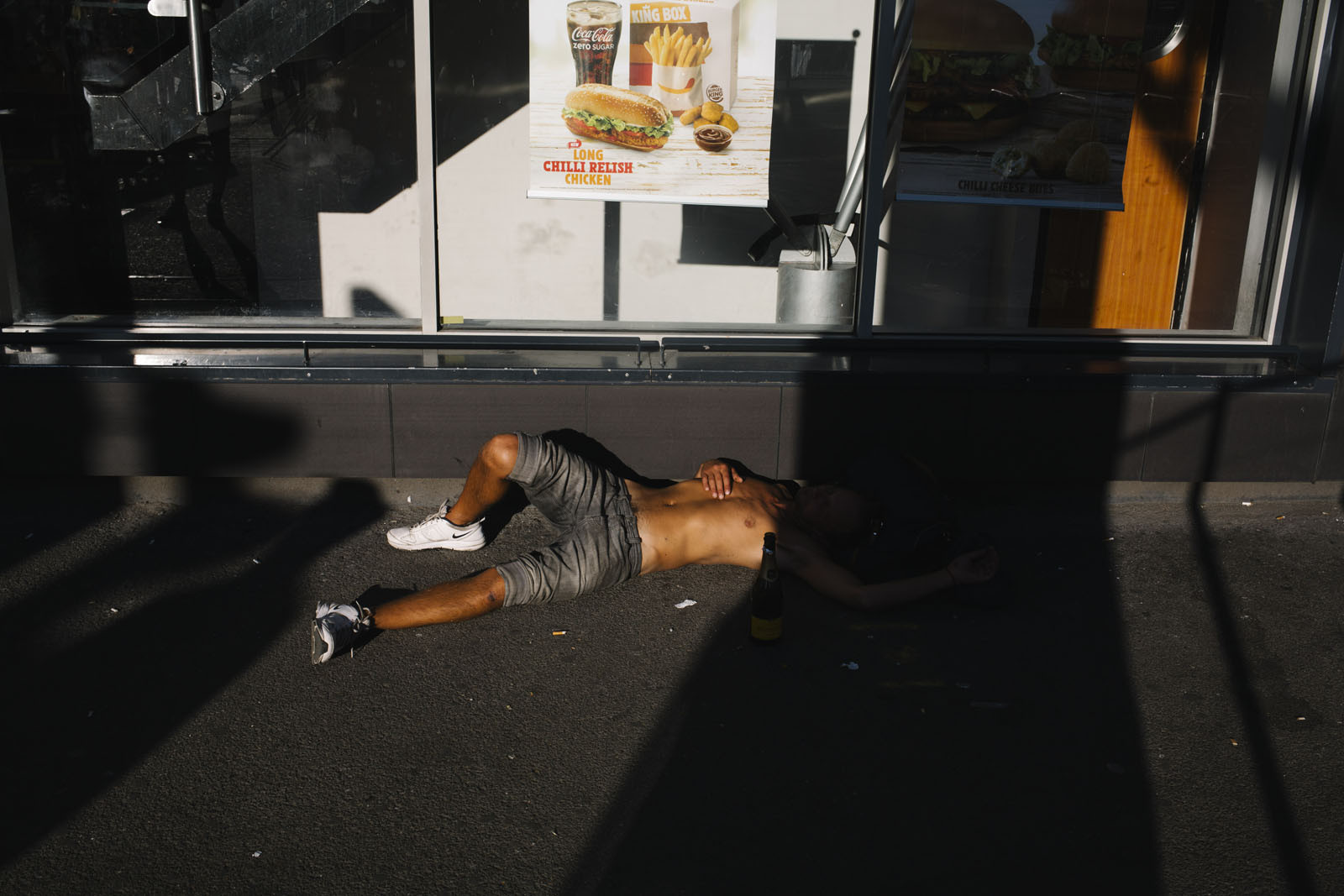
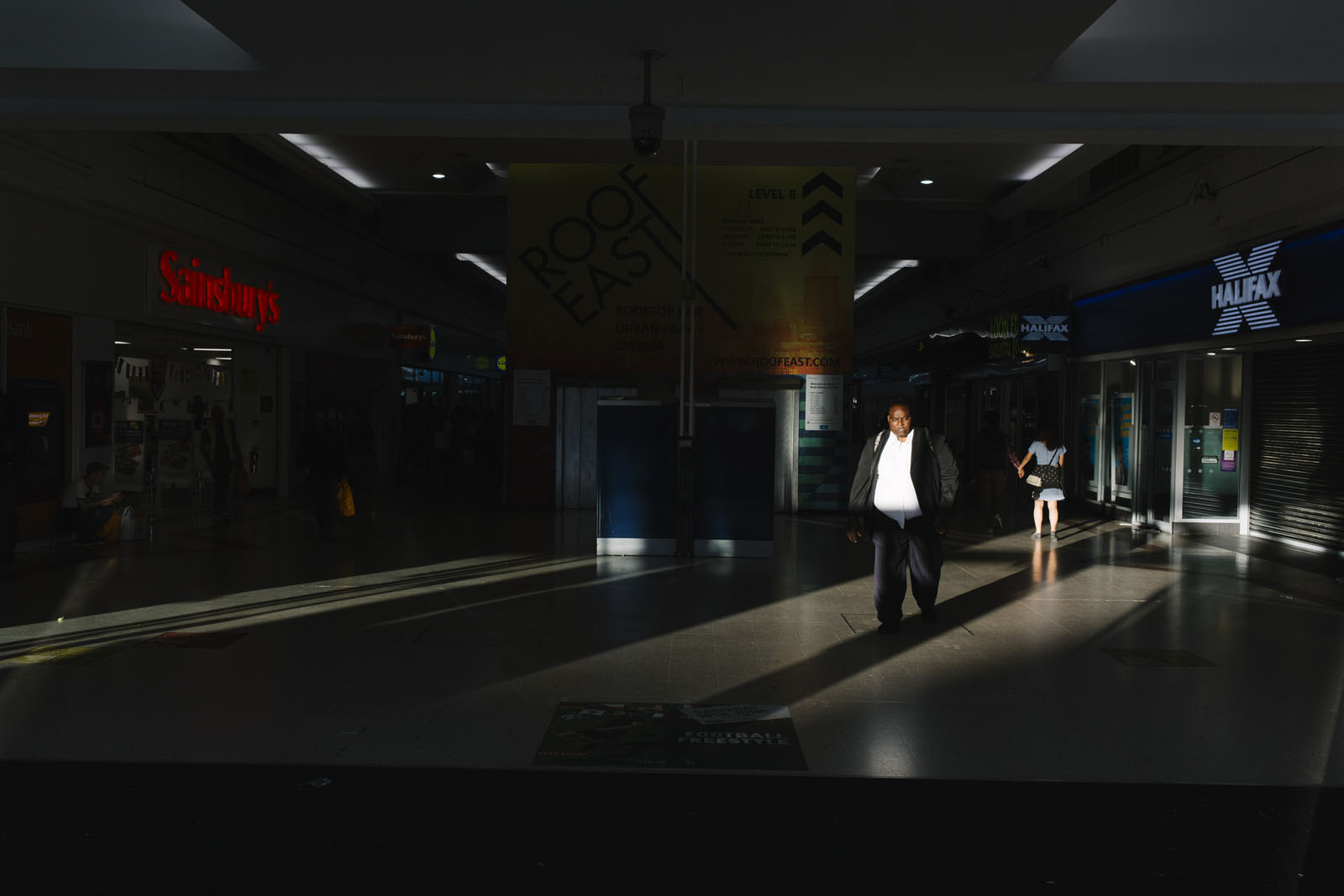
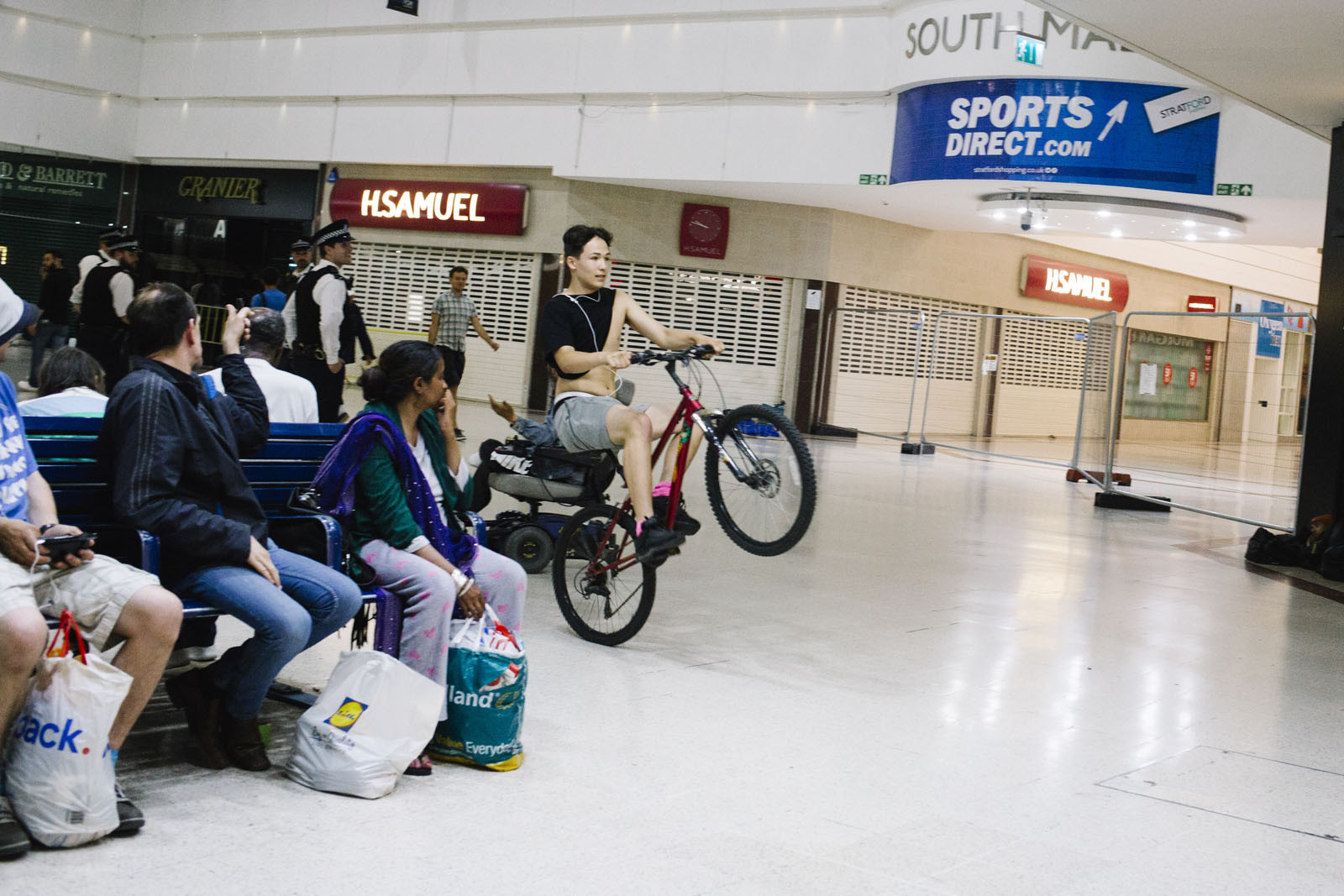

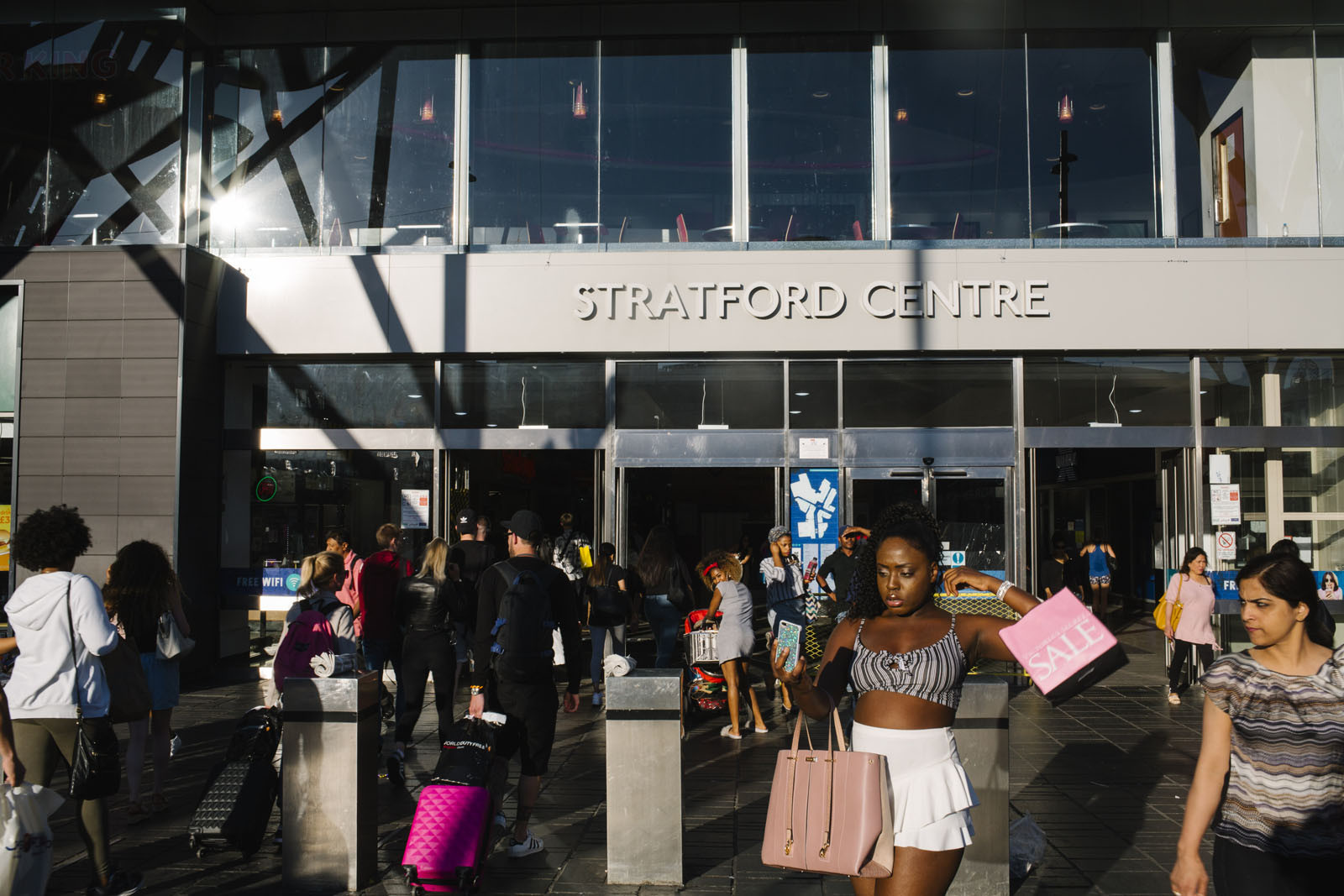
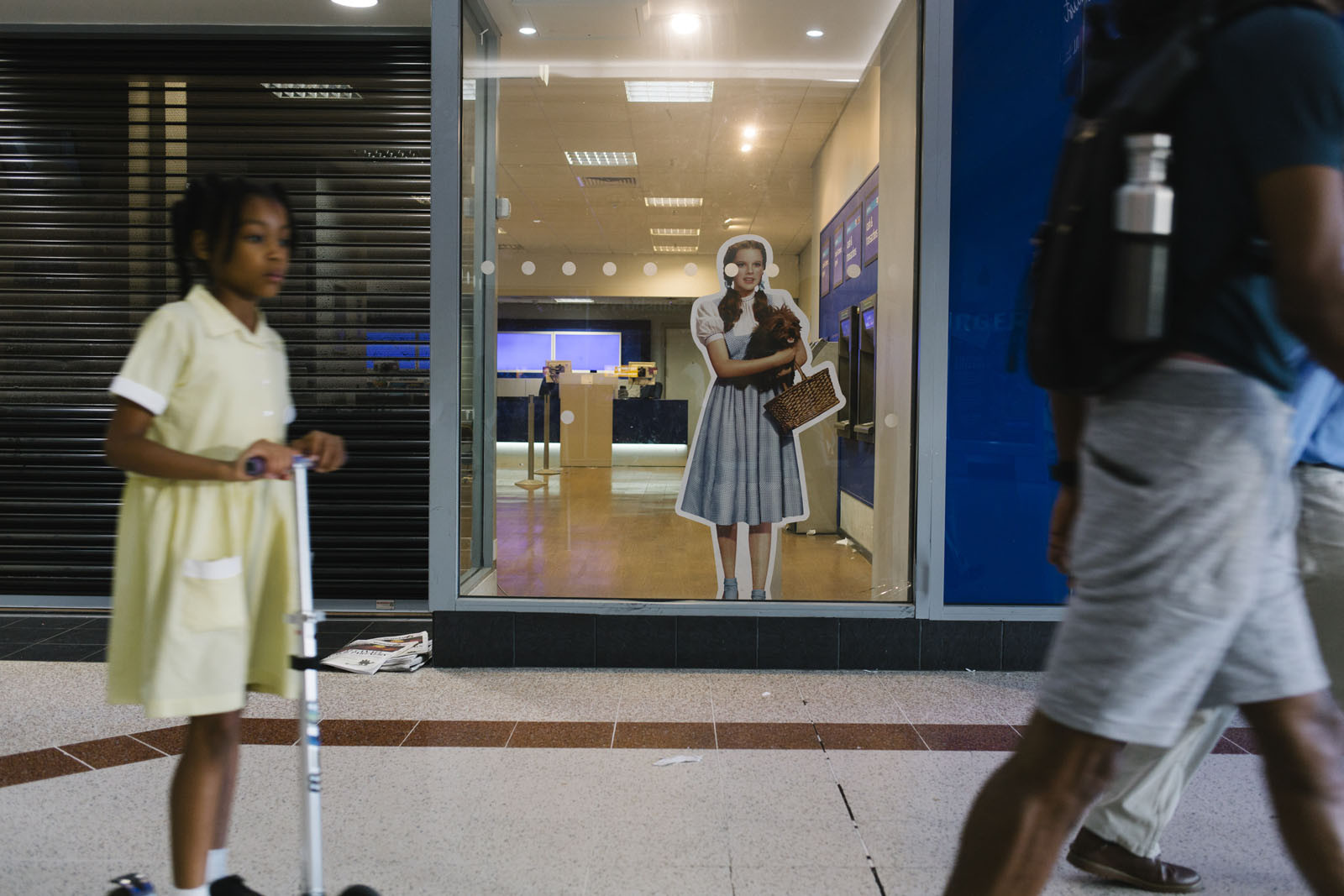
This article originally appeared on VICE UK.


